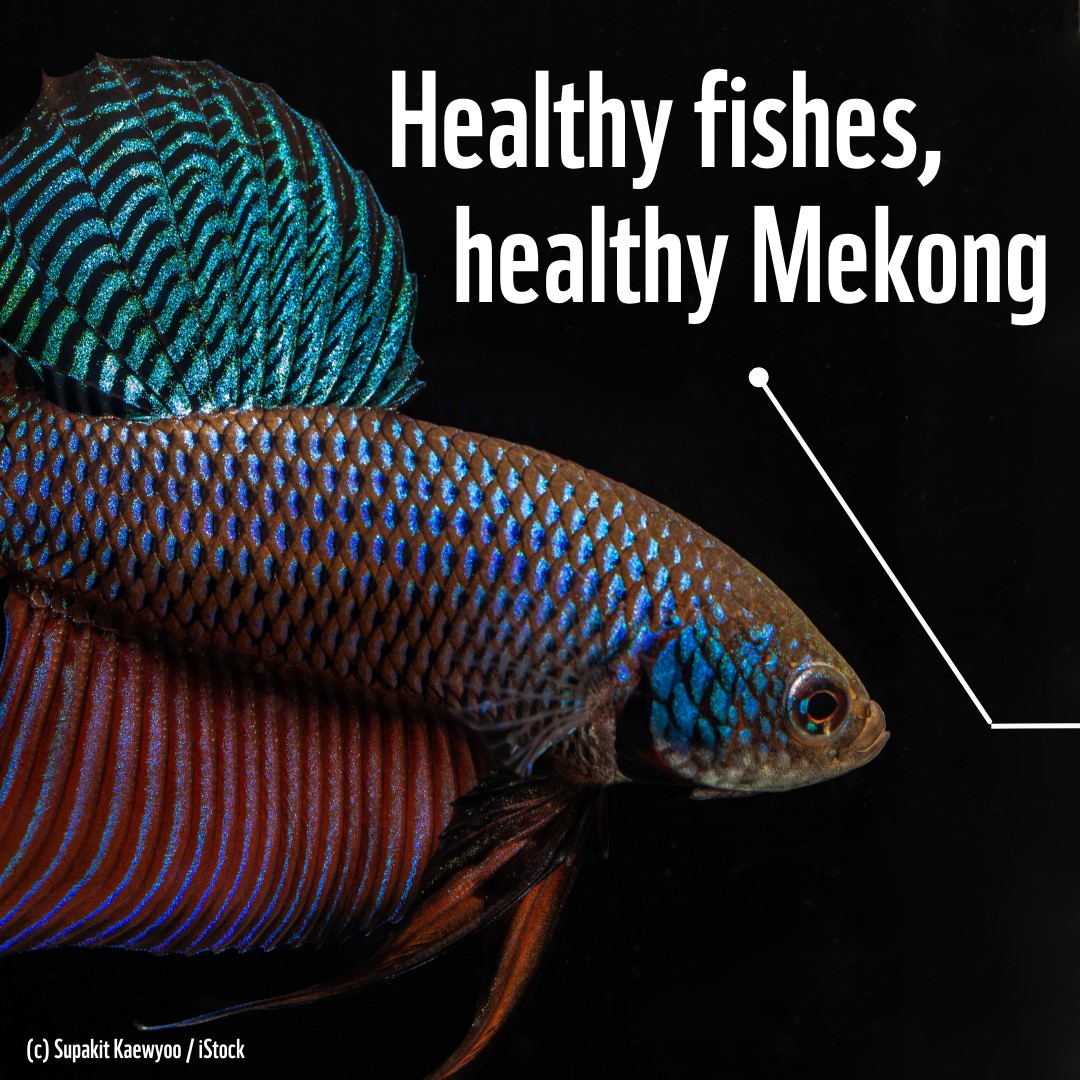– The diversity of fish species in the Mekong River, including extreme sizes and those involved in one of the largest migrations on Earth.
– The ecological and cultural significance of Mekong fish to local communities and the overall health of the river ecosystem.
– Current threats facing Mekong fish populations and the urgency of conservation efforts.
– Insight into conservation strategies and the impact of successful implementation on preserving the biodiversity of the Mekong River.
The fishes of the Mekong River are not just inhabitants of its waters; they are vibrant threads in the fabric of an aquatic ecosystem that supports millions of human lives and countless other species. The Mekong boasts an astonishing array of fish, from the giant catfish that can grow up to 10 feet long to tiny, almost translucent species hardly larger than a fingernail. These fishes represent a vital source of food, income, and tradition for the communities that line the river’s banks. Yet, this incredible biodiversity is under threat, and understanding the full scope of these threats and actionable conservation efforts is paramount for the river’s future.
Diving into the biodiversity of the Mekong reveals a world teeming with life and variety. The river harbors over 1,000 species of fish, a testament to the adaptive capabilities of these creatures and the diverse habitats provided by the Mekong from its headwaters in the Tibetan Plateau, through the heart of Southeast Asia, to its expansive delta in Vietnam. Many of these fish, such as the critically endangered Mekong giant catfish, are endemic to the river and found nowhere else on the planet. The significance of such diversity extends beyond ecological wonders; it is a cornerstone for food security and the livelihoods of millions. In regions where the daily life of communities is entwined with the river’s rhythm, fish constitute a primary source of protein and a key income source through fishing industries.
Yet, the ecological balance of the Mekong is delicate. The river’s health and ability to support this rich biodiversity hinge on functional ecosystems and the continued flow of natural migratory routes. Fish migrations in the Mekong, among the largest globally, are integral for reproduction and the replenishment of populations. Species embark on extensive journeys triggered by seasonal changes, a spectacular phenomenon ensuring nutrient distribution and genetic diversity throughout the river.
The threats to the Mekong fish are multifaceted, driven by factors such as habitat destruction, overfishing, and the construction of hydropower dams, which obstruct migratory paths and alter the river’s natural flow. The disruption of these critical migratory routes has profound implications for the fish and the communities dependent on them. Moreover, climate change looms as a pervasive threat, compounding already existing pressures with changes in water temperature and flow patterns, potentially altering the very fabric of the Mekong River ecosystem.
Acknowledging the importance of the Mekong fish is only the first step; proactive conservation strategies are vital to safeguard these species and, by extension, the ecosystem and human communities. Efforts must embrace habitat protection, the sustainable management of fisheries, and the development of fish passage solutions at dams to ensure migratory routes remain open. Since the Mekong runs through multiple countries, international cooperation is crucial, making conservation a shared responsibility that transcends borders.
Conservation strategies that have seen success share common traits: they are community-focused, grounded in scientific research, and adaptive to the ever-shifting dynamics of the Mekong River. Empowering local communities through education and sustainable livelihood alternatives can reduce reliance on destructive fishing practices. Simultaneously, scientific research is crucial in informing conservation actions, ensuring they address the most pressing threats with effective solutions. When implemented with commitment and collaboration, these strategies can significantly improve the health of the Mekong, securing its ecological, cultural, and economic value for future generations.
The fish of the Mekong River encapsulates the beauty and fragility of aquatic biodiversity. They remind us of the intricate connections between ecosystems, species, and human societies. With concerted effort and international cooperation, the ongoing story of the Mekong and its extraordinary inhabitants can be one of success and resilience. The urgency of conservation action cannot be overstated if we are to preserve the vibrancy and diversity of life in one of the world’s great rivers.
*****
Source Description
The fishes of the Mekong are extraordinary. From the most mammoth freshwater fishes to one of the most minute. From the mysterious to fishes that make up one of the largest migrations on Earth
But large or small, spectacular or not, they are all central to life on the Mekong – to the river’s health, the well-being of communities and the survival of other remarkable species.
In that new report, Cele celebrates these amazing fish in the mighty river and urgently calls to save them.
Head to our stories to find out more👇
asiapacific.panda.org/mekongfishes


